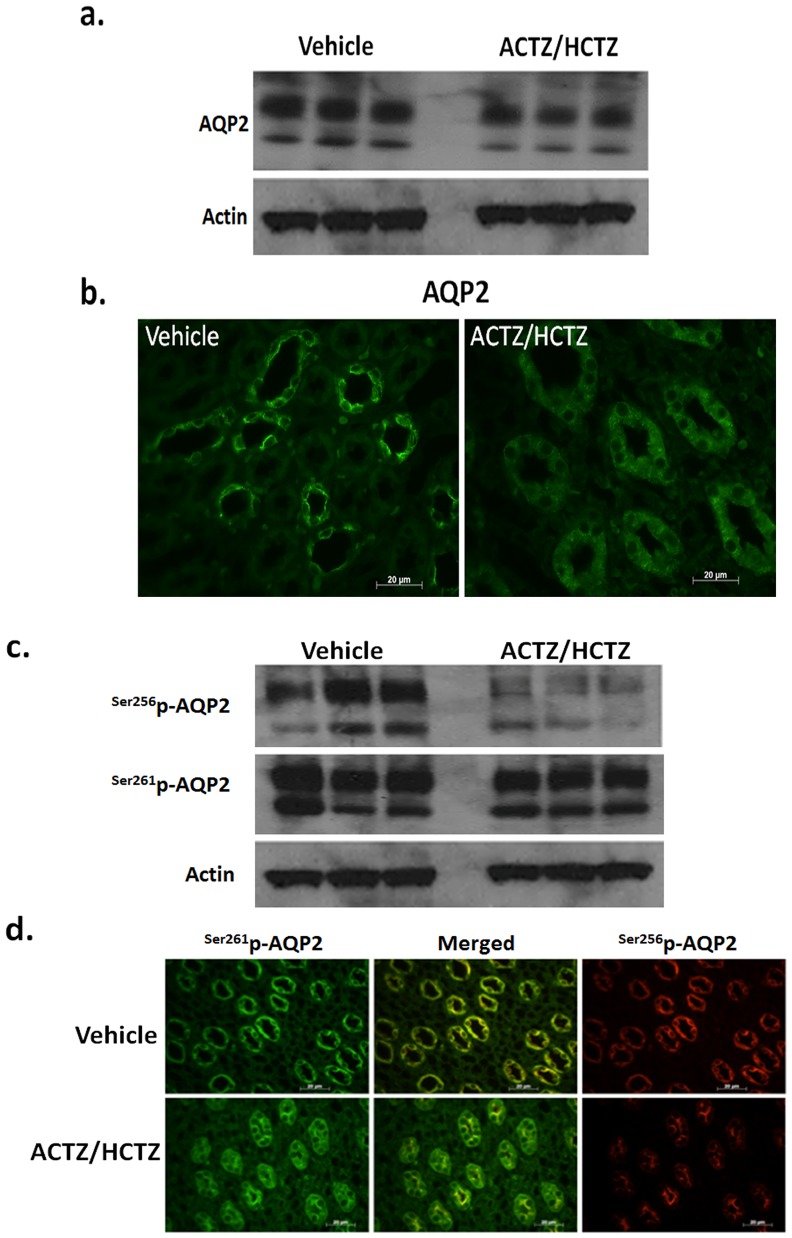Figure 5. Effect of ACTZ/HCTZ treatment on AQP2 expression and trafficking.
a. Western blot analysis of kidney extracts from the vehicle and ACTZ/HCTZ treated animals revealed that the expression of total AQP2 was significantly reduced in the kidneys of the latter. Results shown are representative of 2 separate studies examining 5 different rats from each treatment group. b. Immunofluorescent microscopic examination of AQP2 expression in the kidneys of vehicle and ACTZ/HCTZ treated animals indicates that its expression is reduced in the latter group. c. Comparison of the phosphorylated AQP2 revealed that compared to vehicle treated animals the cellular content of Ser256p-AQP2 were significantly reduced while those of Ser261p-AQP2 were only marginally affected in the ACTZ/HCTZ treated animals. Results shown are representative of 2 separate studies examining 5 different rats from each treatment group. d. Immunofluorescent microscopic examination of Ser256p-AQP2 and Ser261p-AQP2 in the kidneys of vehicle and ACTZ/HCTZ treated animals indicates the cellular levels of both phosphorylated proteins are reduced in the latter. In addition these studies indicate that although there is substantial co-staining for both phosphotypes, Ser256p-AQP2 is mainly surface bound while Ser261p-AQP2 is primarily intracellular.

